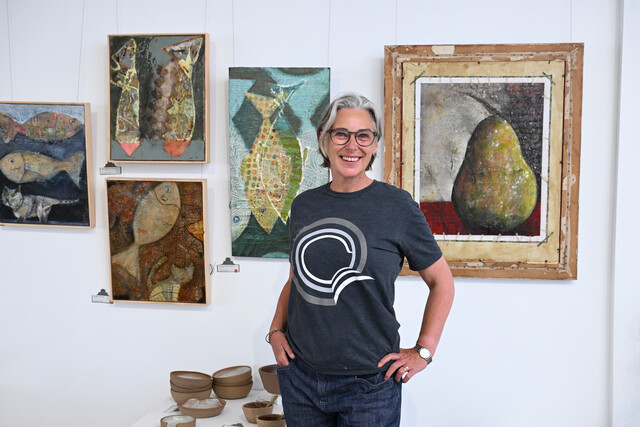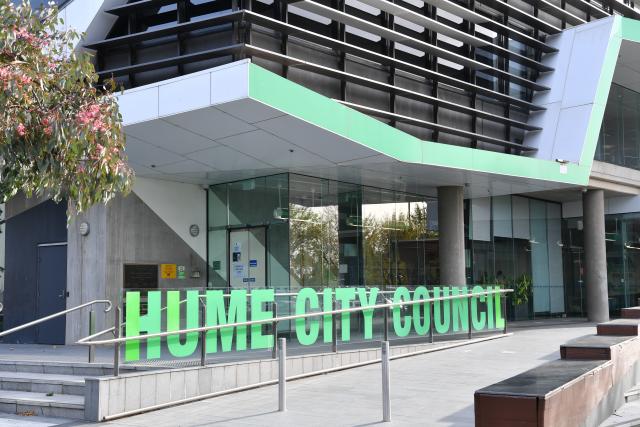A lead researcher at a national real estate service group expects the Macedon Ranges’ property market to continue to boom as buyers look for options outside of Melbourne.
“It’s not just people seeking a regional lifestyle, but COVID-19 has made us think a lot more about work-life balance and technology access has been a key driver of that,” Oliver Hume head of research George Bougias said.
“First home buyers have found it difficult to buy in metro areas as prices have gone up over the last year or so. Regional areas like Geelong, Macedon and Warragul have seen strong demand for new houses and land.
“But the Macedon Ranges is interesting because the market is not like Geelong’s which has been strong for a while.”
Real Estate Institute of Victoria (REIV) data released in July found that the average time that properties in Woodend and Gisborne spent on the market was cut by more than two weeks in the year to May, 2021.
Meanwhile, house price data released by REIV the same month found a 10.2 per cent increase in house prices in Kyneton in the three months to June.
Mr Bougias said the demand for housing had soared because buyers have been drawn to the region’s “unique competitive advantages”.
“The Macedon Ranges is an easy commute distance to Melbourne. Any regional location that offers a regional lifestyle but with an easy commute to the city have strong interest,” he said.
“The other part is that the Macedon Ranges have a competitive advantage in landscape scenery. People are tempted by a bit of a tree change, and there are distinctive country towns like Kyneton.”
Mr Bougias said the state government’s recent investment in affordable housing as part of the Big Housing Build will be important to keeping the market affordable.
“As we come out of lockdown restrictions and we see migration return we’re going to have to rethink real estate,” he said.
“I think what we’re seeing is a further sliding of interest into more regional areas. It’s more than a trend, it’s a structural shift and we’re not going back to the way things were.”







